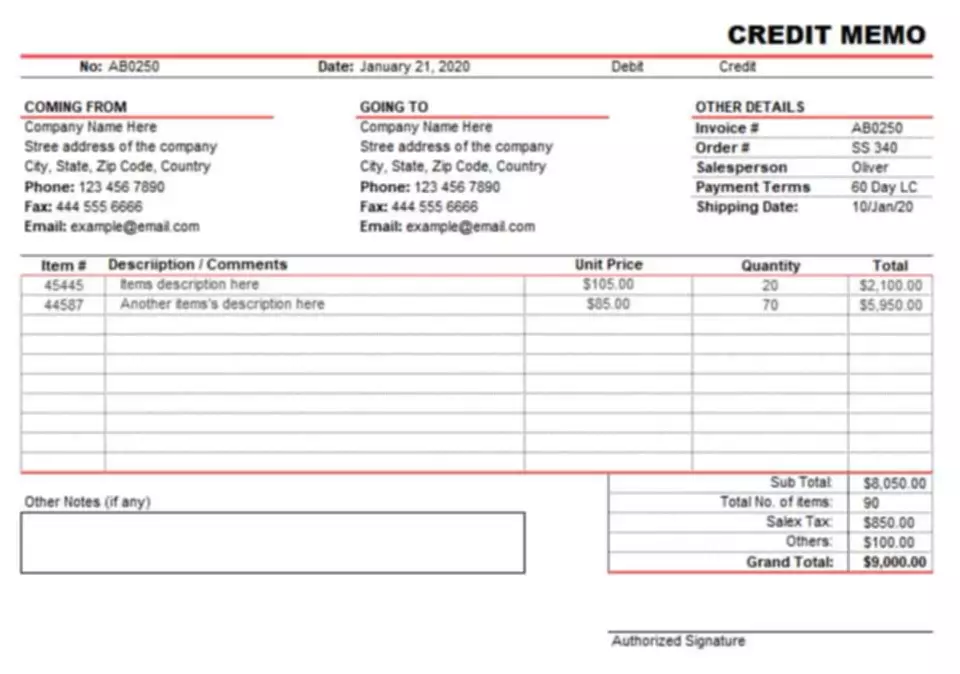Content
- Tax Deductions To Do Now That Will Save Your Small Business Money This Tax Season
- How Does DDB Differ From Declining Depreciation?
- Double Declining Balance Calculator
- Summary Definition
- What Is the Double-Declining Balance Method of Depreciation?
- Other declining balance methods
- Balance income tax expenses with repair and maintenance expenses

If you are using the double declining balance method, just select declining balance and set the depreciation factor to be 2. It can also calculate partial-year depreciation with any accounting year date setting. Double declining balance depreciation is an accelerated depreciation calculation in business accounting. At its accelerated rate, it has a rate of depreciation double that of the standard declining method.
What are the 5 methods of depreciation?
Companies depreciate assets using these five methods: straight-line, declining balance, double-declining balance, units of production, and sum-of-years digits.
For tax purposes, only prescribed methods by the regional tax authority is allowed. Deduct the annual https://www.bookstime.com/ depreciation expense from the beginning period value to calculate the ending period value.
Tax Deductions To Do Now That Will Save Your Small Business Money This Tax Season
It lists what assets and liabilities currently exist, and it’s used to get a better understanding of the company’s financial health. It also serves as one of the five key pieces to formulating an accurate internal-rate-of-return on investments. It should be used when you need to estimate present value of future cash flows. It’s often used by accountants and CPA who are dealing with long term assets, such as property, equipment, and vehicles.
- Cash And Cash EquivalentsCash and Cash Equivalents are assets that are short-term and highly liquid investments that can be readily converted into cash and have a low risk of price fluctuation.
- For accounting, in particular, depreciation concerns allocating the cost of an asset over a period of time, usually its useful life.
- It should be used when you need to estimate present value of future cash flows.
- Double declining balance depreciation allows for higher depreciation expenses in early years and lower expenses as an asset nears the end of its life.
- You can easily compute for this value using this double declining depreciation calculator, or you can compute it manually.
- This makes it ideal for assets that typically lose the most value during the first years of ownership.
The double-declining balance depreciation method, also known as the reducing balance method, is one of two common methods a business uses to account for the expense double declining balance method of a long-lived asset. Similarly, compared to the standard declining balance method, the double-declining method depreciates assets twice as quickly.
How Does DDB Differ From Declining Depreciation?
Overhead rate is a measure of a company’s indirect costs relative… Cost accounting makes it easy to track the value of large assets… This is an estimate of the asset’s value at the end of its useful life. Guidance for determining salvage value is also provided by the IRS.
They do this each year until the final year of the asset’s useful life, where they depreciate any remainder over the asset’s salvage value. Bottom line—calculating depreciation with the double declining balance method is more complicated than using straight line depreciation. And if it’s your first time filing with this method, you may want to talk to an accountant to make sure you don’t make any costly mistakes.
Double Declining Balance Calculator
You use it to write off the same depreciation expense every year. So, if an asset cost $1,000, you might write off $100 every year for 10 years. Depreciation is an accounting process by which a company allocates an asset’s cost throughout itsuseful life. In other words, it records how the value of an asset declines over time. Firms depreciate assets on their financial statements and for tax purposes in order to better match an asset’s productivity in use to its costs of operation over time. When you file your taxes, you have to predict your annual income.
This double-declining depreciation calculator calculates the depreciation of the assets with a useful life equal to five years or less. Cars and trucks are notorious for losing their value quickly.
Summary Definition
1- You can’t use double declining depreciation the full length of an asset’s useful life. Since it always charges a percentage on the base value, there will always be leftovers. If you’re brand new to the concept, open another tab and check out our complete guide to depreciation.
These include white papers, government data, original reporting, and interviews with industry experts. We also reference original research from other reputable publishers where appropriate. You can learn more about the standards we follow in producing accurate, unbiased content in oureditorial policy. Master excel formulas, graphs, shortcuts with 3+hrs of Video. Contra AccountContra Account is an opposite entry passed to offset its related original account balances in the ledger. It helps a business retrieve the actual capital amount & amount of decrease in the value, hence representing the account’s net balances. Determine the salvage value of the asset, i.e., the value at which the asset can be sold or disposed of after its useful life is over.
It is also useful when the intent is to recognize more expense now, thereby shifting profit recognition further into the future . The DDB depreciation method can lead to greater depreciation recapture if you sell an asset before the end of its useful life. By accelerating the depreciation and incurring a larger expense in earlier years and a smaller expense in later years, net income is deferred to later years, and taxes are pushed out.
- In that year, the amount to be depreciated will be the difference between the book value of the asset at the beginning of the year and its final salvage value .
- The company estimates that its useful life will be five years and its salvage value at the end of its useful life would be $1,250.
- Salvage ValueSalvage value or scrap value is the estimated value of an asset after its useful life is over.
- Companies will typically keep two sets of books – one for tax filings, and one for investors.
- Depreciation methods like DDB allow businesses to distribute the cost of an asset over as many accounting periods as the asset remains useful.
The result is your basic depreciation rate, expressed as a decimal. (You can multiply it by 100 to see it as a percentage.) This is also called the straight line depreciation rate—the percentage of an asset you depreciate each year if you use the straight line method.
What Is the Double-Declining Balance Method of Depreciation?
Double declining balance depreciation is a good depreciation option when you purchase an asset that loses more value in its early years. Vehicles are a good candidate for using double declining balance depreciation. However, using the double declining depreciation method, your depreciation would be double that of straight line depreciation. One significant benefit of this method is that any type of cash flow can be made at any point during the life span of an asset without changing the calculation. Another benefit is that this method may not be as sensitive to errors in using depreciation methods like the sum-of-years digits method. This method is used exclusively for machinery typically owned by large manufacturers.
- Kirsten Rohrs Schmitt is an accomplished professional editor, writer, proofreader, and fact-checker.
- The company is less profitable in the early years than in later years; thus, it will be difficult to measure its true operational profitability.
- The double declining balance method of depreciation is just one way of doing that.
- When you choose to use the double declining method, the rate of depreciation has to be maintained for the asset’s life.
- Recovery period, or the useful life of the asset, is the period over which you’re depreciating it, in years.
Unlike straight line depreciation, which stays consistent throughout the useful life of the asset, double declining balance depreciation is high the first year, and decreases each subsequent year. To get a better grasp of double declining balance, spend a little time experimenting with this double declining balance calculator. It’s a good way to see the formula in action—and understand what kind of impact double declining depreciation might have on your finances. If you’re calculating your own depreciation, you may want to do something similar, and include it as a note on your balance sheet. Every year you write off part of a depreciable asset using double declining balance, you subtract the amount you wrote off from the asset’s book value on your balance sheet. Starting off, your book value will be the cost of the asset—what you paid for the asset. The most basic type of depreciation is the straight line depreciation method.
Did you know you can claim tax deductions for your home office? Accounting 10 Tax Deductions To Do Now That Will Save Your Small Business Money This Tax Season Are you unsure about which business expenses to write off in order to save your money? Here’s a list of tax deductions your small business can write off. Now, for applying the double-declining balance method, calculate the SLDP first. The straight-line method of depreciating assets is the most common and widely used due to its ease of calculation. The depreciation value or the amount remains the same every year. However, this concept is scientifically flawed as no asset can depreciate at the same rate every year.

